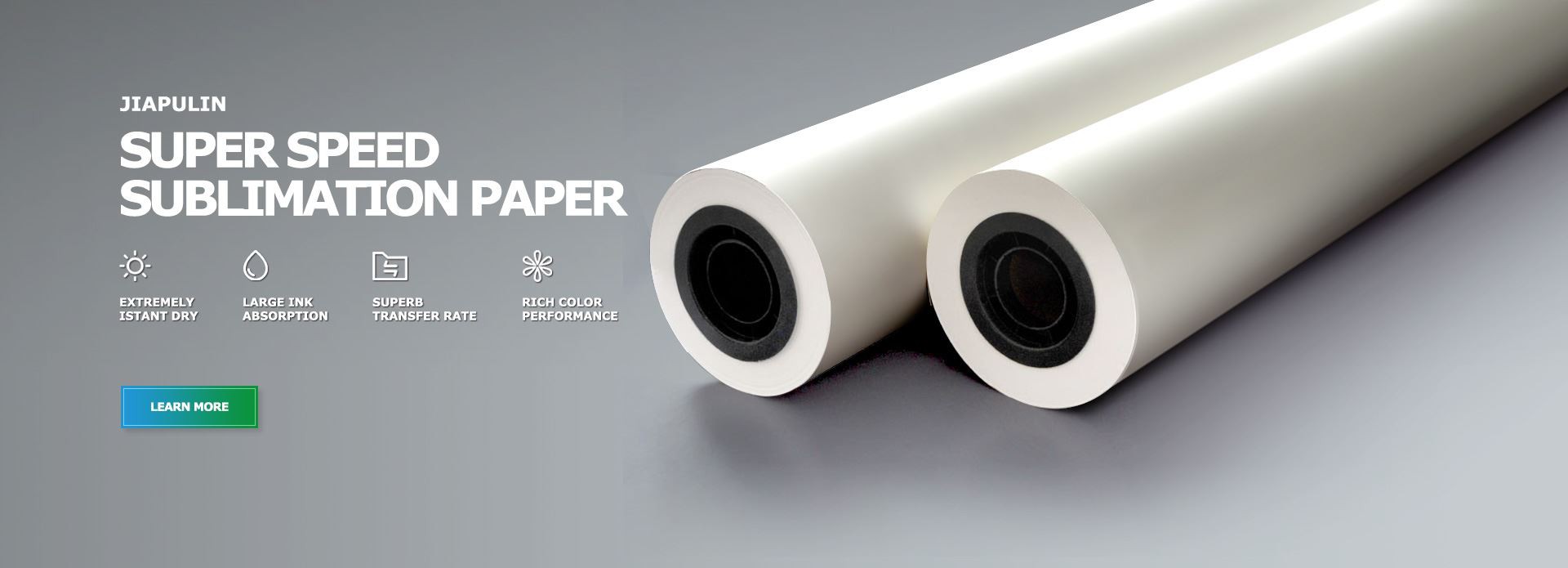Is There Special Paper For Sublimation Printing?
Nov 28, 2023
Is there special paper for sublimation printing?
Sublimation printing has become increasingly popular over the past few years due to its vibrant colors and long-lasting results. However, in order to achieve these results, it is important to understand the equipment and materials required for the process.
One of the key materials for sublimation printing is sublimation paper. This type of paper is specially designed to work with sublimation ink and is crucial for achieving high-quality results. In this article, we will explore the types of sublimation paper available, their features and benefits, and how to choose the right paper for your printing needs.
Types of sublimation paper
There are two main types of sublimation paper: low tack and high tack. Low tack sublimation paper has a lower adhesive strength, which allows it to be easily removed from the substrate after printing. This is particularly useful for printing on delicate fabrics, such as silk or satin, as it reduces the risk of the paper tearing during the transfer process. However, this type of paper may not be suitable for printing on certain substrates, such as hard surface materials like ceramic or glass, as it may not adhere well enough to the surface.
High tack sublimation paper, on the other hand, has a stronger adhesive strength and is better suited to printing on hard surface materials. This type of paper can withstand the higher temperatures and pressures required for printing on these materials, and ensures that the paper remains firmly attached during the transfer process. However, it may not be ideal for printing on delicate fabrics, as it may rip or tear the fabric during removal.
In addition to low tack and high tack sublimation paper, there are also several other types available, including:
- Multi-purpose sublimation paper: This type of paper can be used on a variety of substrates and is suitable for both hard surface materials and fabrics.
- Anti-curl sublimation paper: This paper is designed to prevent curling or wrinkling during the printing process, which can affect the quality of the final print.
- Sticky sublimation paper: This paper has a sticky surface that helps to hold the substrate and transfer paper in place during printing, reducing the risk of slippage or movement.
Features and benefits of sublimation paper
Sublimation paper is specially designed to work with sublimation ink, which is a dye that is transferred onto a substrate using heat. The paper plays a crucial role in the printing process, as it absorbs the ink and allows it to be transferred onto the substrate without smudging or bleeding.
Some of the key features and benefits of sublimation paper include:
- Quick drying: Sublimation paper is designed to dry quickly, which helps to ensure that the ink remains sharp and vibrant during the transfer process.
- Good ink absorption: The paper is designed to absorb the sublimation ink quickly and evenly, helping to ensure that the final print is of high quality.
- Heat resistance: Sublimation paper is designed to withstand the high temperatures and pressures required for printing, which ensures that the paper doesn''t melt or stick to the transfer press.
- Smooth surface: The paper has a smooth, even surface that helps to ensure that the ink is transferred onto the substrate evenly and without streaks.
- Cost-effective: Although sublimation paper can be more expensive than regular inkjet paper, it is still a cost-effective solution for high-quality printing, as it produces long-lasting and vibrant results.
How to choose the right sublimation paper
Choosing the right sublimation paper is important for achieving high-quality results. When selecting a sublimation paper, consider the following factors:
- Substrate: The type of substrate you are printing on will determine the type of sublimation paper you need. For example, if you are printing on a hard surface material, such as ceramic or metal, you will need a high tack paper that can withstand the higher temperatures and pressures required for printing on these materials.
- Fabric type: If you are printing on a delicate fabric, such as silk or satin, you will need a low tack paper that won''t tear or damage the fabric during removal.
- Size: Make sure to choose a paper size that is compatible with your printer, as using the wrong size can cause jams or other printing problems.
- Cost: While cost shouldn''t be the only factor when choosing a sublimation paper, it is still an important consideration. Look for a paper that offers good value for money, and consider buying in bulk to save money.
Conclusion
Sublimation paper is an essential component of the sublimation printing process. It is designed to work with sublimation ink and plays a crucial role in ensuring that the final print is of high-quality, vibrant, and long-lasting. When choosing a sublimation paper, consider the substrate, fabric type, size, and cost, and select a paper that is appropriate for your specific printing needs. With the right sublimation paper, you can achieve stunning results that will impress and delight your customers.

